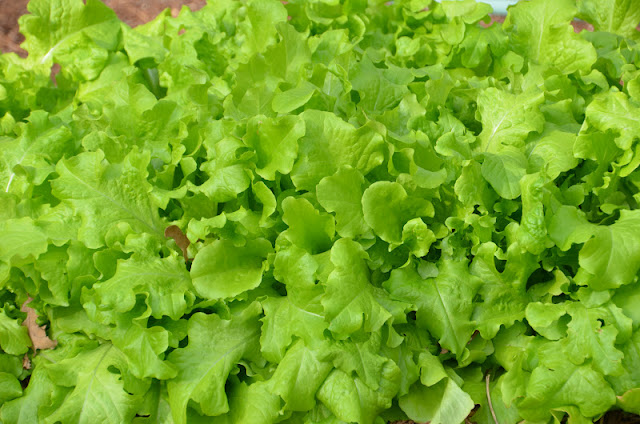The unfortunate victim was a Celebrity tomato cut down in it's prime. The plant was perfectly healthy when I checked on it yesterday. It was as big as it's sister plant, Early Goliath, pictured below.
So, what would do this kind of damage? The most likely culprit is a cutworm. I have seen more cutworms in the garden this year than usual. The cutworms I generally see are a smooth worm of about an inch or more. They are usually dark colored, with long stripes traveling the length of their bodies. When you hold a cutworm in your hand, they naturally curl themselves up.
Cutworms normally attack smaller seedlings with tender stems. I really thought my tomatoes were large enough to be past the stage when cutworm damage would occur. The stems on my plants are starting to get woody and the plants are already setting fruit. I guess when you're a hungry cutworm, you'll take what you can get. Here are some pictures of some of my first tomatoes.
I searched the soil surrounding the plant looking for the cutworm without any luck. While searching the remainder of the bed I did find another cutworm, but I'm pretty sure it was too small to be the worm the killed my tomato. Still, it's a cutworm, so it was immediately sentenced to death by chicken.
To protect my tomatoes tonight, I wrapped the bottom of the tomato stems with foil. This is just a temporary measure. Hopefully, the foil will provide enough protection to save the plants from further damage.
As for the dead plant, well, I guess tomorrow I'll be visiting my local nursery for a replacement.












































